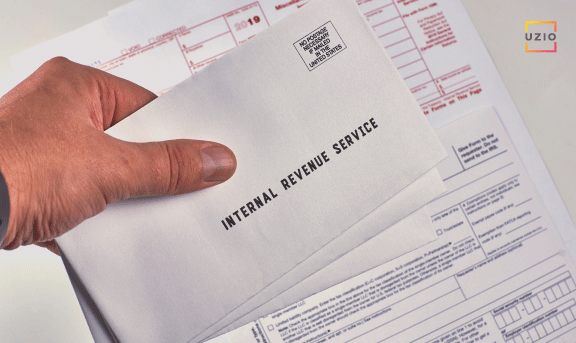
What is an IRS W-3 Form (and Why is It important)?
Employees are a crucial asset to any business, but they do require some responsibilities on the part of the employer, one of which is the annual reporting of employee wages and taxes.
W-2 forms (officially known as the “Wage and Tax Statement”) are mandatory Internal Revenue Service (IRS) tax forms used in the United States to report wages paid to employees (and the taxes withheld from them). Alongside income tax information, they also report Federal Insurance Contributions Act (FICA) taxes for the Social Security Administration (SSA). Employers must provide a Form W-2 to each employee for who they’ve paid a salary, wage, or other compensation as part of the employee benefits management program. These forms must be provided to employees before/on January 31st. This deadline gives employees about two months to file their taxes before the April 15th income tax due date.
The form has six different copies:
- Copy A – Submitted by the employer to the Social Security Administration (SSA).
- Copy B – Provided to the employee and reported by the employer with the employee’s federal income tax returns.
- Copy C – Send employees to be kept in their record.
- Copy D – Kept by the employer for their records.
- Copy 1 – Registered with the employer’s state or local income tax returns (if applicable).
- Copy 2 – Recorded with the employee’s state or local income tax returns (if applicable).
The purpose of a Form W-3 is to verify the accuracy of Form W-2 copies. The W-3 acts as a summary of all the Form W-2 copies, and also serves to justify your quarterly tax payments for the year. The Form W-2 and the Form W-3 copies must be submitted to both the IRS & the Social Security Administration by January 31st.
Since the W-2 and W-3 forms are remarkably similar, reporting nearly the same data, but both are required to be filed by the employer. If they’re both so similar, the question arises: why do employers have to file a W-3 when they’re already required to file the Form W-2?
Though slight, there actually are a few differences between Form W-2 and Form W-3. The main difference is that Form W-2 reports individual information (such as salaries and taxes) for each employee. By contrast, Form W-3 reports the total wages, taxable wages, and taxes withheld for all of the employees.
There are three main types of taxes:
- Withholding taxes – These are the taxes an employer withholds from an employee’s pay (both the standard income tax and the employee’s portion of FICA taxes). The employer must withhold these taxes and deposit them with the appropriate tax authority. Withholding taxes are included on Form W-3.
- Employer taxes – As the name implies, these are the taxes paid by the employer.
- Shared taxes – These taxes are split (usually 50/50) between the employer and employees. FICA taxes (which include Social Security and Medicare) are some of the most important shared taxes. Your employees’ total contributions are also reported on your W-3 form.
Individual employee tax rates vary depending on their annual income, qualified depends, and other factors. This amount needs to be deducted by employers from each paycheck. Whereas income taxes make up the largest portion of the IRS tax base, FICA taxes are paid to the SSA, contributing towards Social Security and Medicare.
As of 2019, the standard FICA tax contributions owed come out to 7.65% for each party (the employee and the employer). These contributions are broken into two sections:
- 6.2% for Social Security taxes (also called OASDI)
- 1.45% for Medicare taxes
It’s important to note that the Social Security taxes only apply to the first $132,900 of an employee’s pay. Once their earnings exceed this amount, no additional deductions are owed by the employee or the employer.
The opposite applies to Medicare. Employees making over $200,000 (or $250,000 for joint filers) must pay an additional 0.9% tax on their earnings towards Medicare. Fortunately, the additional Medicare tax is only applied to the employee, not the employer.
Sounds complicated? It is… but there’s a solution! Comprehensive payroll software makes sure all of your forms are filed currently, meeting all the necessary requirements, and allowing businesses to file both W-2 & W-3 forms hassle-free. If you haven’t already, consider an all-in-one payroll system to meet all of your tax-related needs!





